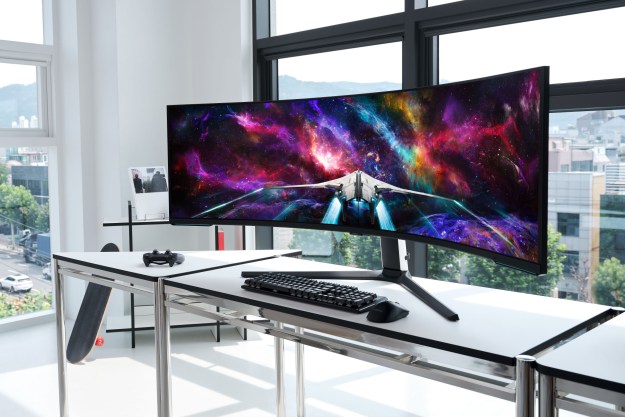
The report, which comes from NBC News 4 in Washington, DC, suggests that the FBI, Department of Homeland Security, and other experts agree that there are “no credible threats to or associated with Super Bowl 50 or related events.” The same internal memo, however, contends that the string of cable cuttings does introduce “the concern individuals may be using these incidents to test and prod network durability in conjunction with a more complex plot.”
Jeffrey Harp, a retired member of the FBI San Francisco bureau said that there was a routine threat assessment given out to a number of different law enforcement operations, such as the local police departments, all of which will be held responsible for keeping the Super Bowl safe. “Those assessments cover everything from A to Z,” Harp explained in a phone interview.
“The FBI doesn’t take anything for granted and assumes everybody knows what the targets are,” he elaborated. “So they put these bulletins together as a reminder that there are terrorists out there targeting infrastructure.”
Another former FBI agent, acquainted with the memo, claims that authorities haven’t found any evidence that suggests an actual threat to the Super Bowl stadium. Meanwhile, law enforcement is doing its best to consider every possible act of malice or subterfuge before any has the potential to arise.
Other parts of the memo specifically mentioned drones, which can be used by criminals to “present a low-altitude hazard to aviation assets supporting the event, allow unauthorized video coverage of events, or pose a risk of injury to event-goers if an operator loses control.”
The Super Bowl is set to be played on February 7 at Levi’s Stadium located in the nearby city of Santa Clara.
Editors' Recommendations
- Madden 22 predicts the Bengals will win Super Bowl LVI
- Madden NFL 20 says Chiefs will win Super Bowl LIV, but is it the best predictor?


